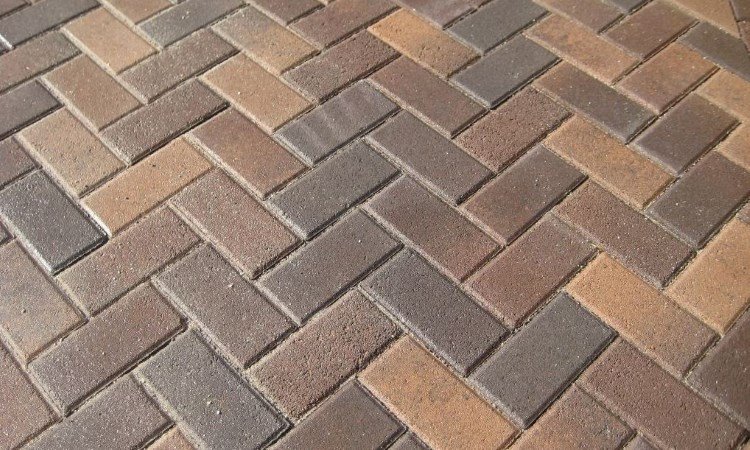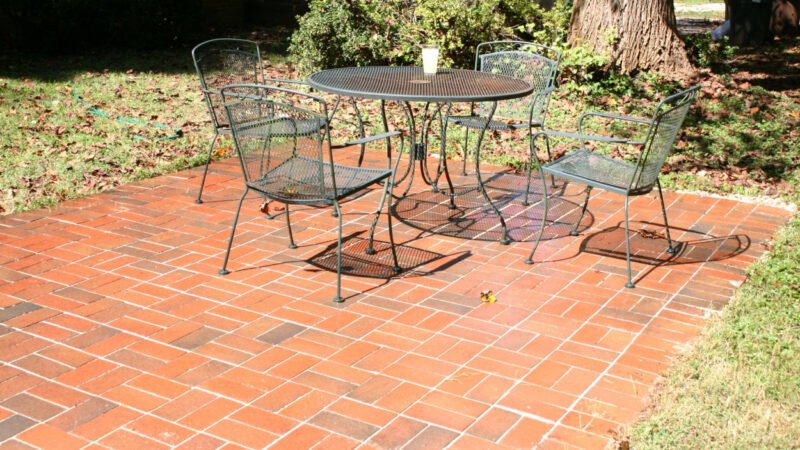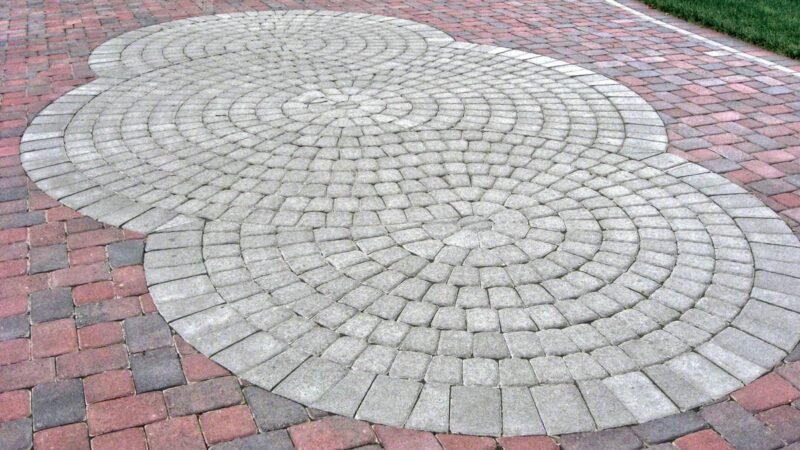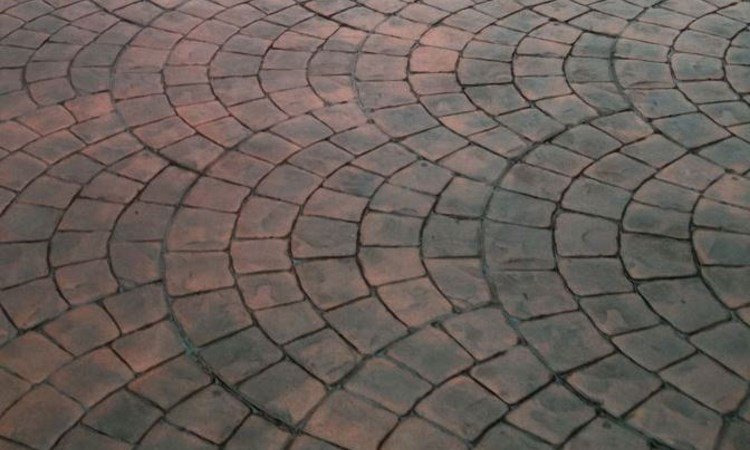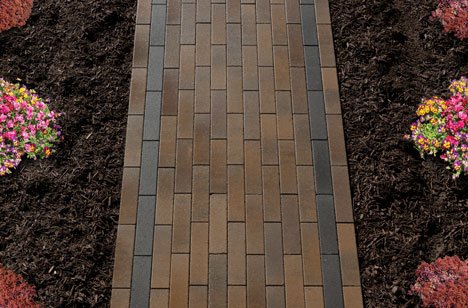Running Bond Paver Pattern
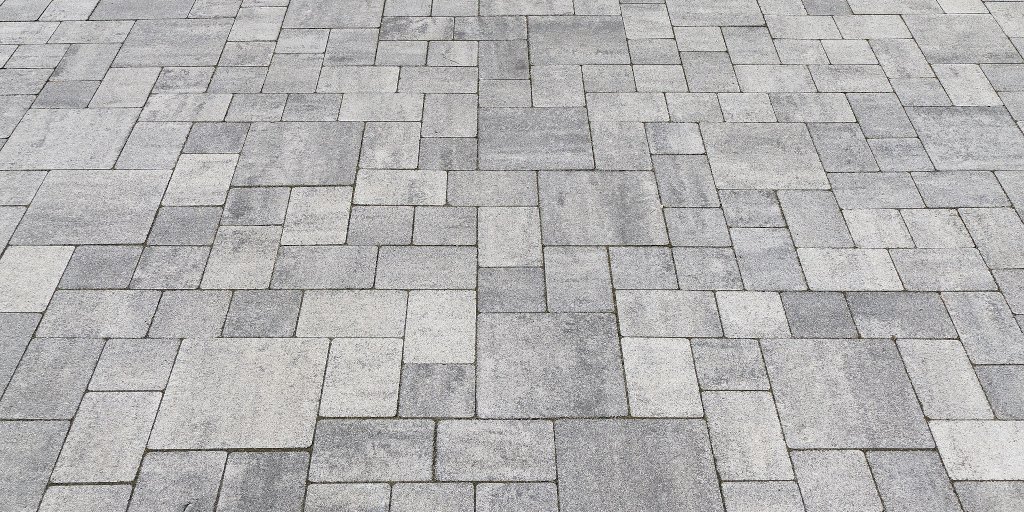
The running bond, also known as a stretcher bond, is one of the simplest and most commonly used paver patterns. It’s characterized by the linear arrangement of pavers with each paver’s long side parallel to the previous one. This straightforward pattern offers a clean and classic look and is often used in various applications, including walkways, driveways, patios, and other outdoor surfaces. Here’s an expanded overview of the running bond pattern:
1. Basic Layout:
- Linear Configuration: Pavers are laid in a linear fashion, and each paver’s length runs parallel to the previous one.
- Simple and Traditional: The simplicity of the running bond makes it a popular choice for its traditional and timeless appearance.
2. Stability and Strength:
- Stable Structure: The linear arrangement provides a stable structure, and when installed correctly, it can withstand regular foot traffic and vehicular loads.
- Ease of Installation: Its simplicity makes the running bond pattern relatively easy to install compared to more intricate designs.
3. Versatility:
- Adaptable to Various Pavers: The running bond pattern is versatile and can be used with various types of pavers, including concrete, brick, and natural stone.
- Applicable in Different Settings: It works well in both formal and informal settings, adapting to the style of the landscape.
4. Visual Effects:
- Illusion of Length: The linear arrangement can create the illusion of length, making it a suitable choice for smaller spaces or areas where elongation is desired.
- Aesthetically Pleasing: The simple and orderly layout is aesthetically pleasing and complements a wide range of architectural styles.
5. Border and Accent Options:
- Integration of Borders: The running bond pattern can be enhanced by incorporating contrasting borders or accent pavers along the edges. This adds visual interest and definition to the pattern.
6. Installation Tips:
- Starting Point: Choose a straight reference line as a starting point. This line ensures that the first row of pavers is laid in a straight and aligned manner.
- Joint Spacing: Use spacers between the pavers to maintain consistent joint spacing. The spacing can be adjusted based on the desired look and paver specifications.
7. Herringbone Variation:
- Herringbone Running Bond: A variation involves arranging the pavers at a 45-degree angle to the main axis, creating a herringbone running bond. This adds a touch of complexity and can enhance stability.
8. Color and Texture Considerations:
- Playing with Color: The running bond pattern allows for playing with colors and textures, creating subtle variations or incorporating multi-colored pavers for added visual interest.
9. Maintenance and Repairs:
- Ease of Maintenance: The simplicity of the running bond pattern makes maintenance straightforward, with regular sweeping and occasional power washing to keep the surface clean.
- Repair Accessibility: If individual pavers become damaged, they are relatively easy to replace without disrupting the overall pattern.


